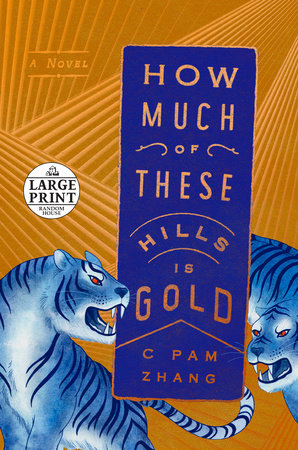He was alone, a young male of a ferocious and persecuted tribe whose only friends, except the Spirit that made it, were its enemies--the otter hunters. His cubhood was ended, and now indeed did his name fit his life, for he was a wanderer, and homeless, with nearly every man and dog against him.
Tarka, a river otter, is born in the west of England. He learns from his mother how to feed himself, hunting for fish and frogs, and also how to play. But an otter's life, Tarka will learn, is not an easy one, and he spends his entire life in the shadow of the gruesome Deadlock, the champion hound that local men employ to hunt and kill otters. Henry Williamson's Tarka the Otter follows Tarka's life from birth to death, hunting, mating, playing and fighting.
Tarka is not like Watership Down or any number of other books about talking animals; the animals do not talk and are really no more than animals. Though they are often given names--Tarka's otter associates include Greymuzzle, White-Tip, and Tarquol, and other animals get them too, like the heron Old Nog and the crow Kronk--the animals are not anthropomorphized. Rarely does Williamson even assign the kind of emotions to them with which we may identify, which preserves the essential strangeness of an animal's life: it explains, for example, how Tarka can search so endlessly for his "lost love" White-Tip and then leave her again. And yet Tarka can be as engaging and thrilling as any adventure novel. Tarka's relationship with his nurturing mother, his steady companionship with his first mate Greymuzzle, his yearning for White-Tip, his escalating skirmishes with Deadlock--these events are gripping, but their interest lies in the projection of human emotions that the reader must bring with them.
Otters are an interesting subject for this kind of book. For one, they're famous for their playfulness, a trait that makes them more rounded as "characters" than, say, the stoats and weasels that compete with them for food. One of my favorite scenes in Tarka shows the protagonist learning to play with a crow--a similarly intelligent and playful creature--by passing rocks and sticks and other objects back and forth. But otters are also meat-eaters, efficient and vicious killers, and Williamson doesn't shy away from depicting the violence of the natural world. (Don't get too attached to the hedgehog Iggywick just because he has a cute name.) Tarka is an enemy to many just as he has enemies, and yet he has too "many friends, whom he played with and forgot--sticks, stones, water-weeds, slain fish, and once an empty cocoa-tin, a bright and curious thing that talked strangely as it moved over the shallows, but sank into the pool beyond, sent up bubbles, and would play no more."
Tarka the Otter's depiction of the Devonshire countryside in which Tarka lives is remarkably rich. It's clear that the novel is the product of man years of close observation of animal behavior in exactly this habitat; Williamson's introduction is in part a defense against critics who claim that an otter could never, for instance--spoiler alert--drown a dog. But as the foreword notes, Tarka is really a novel about habitat, because the shape of an animal's life is completely governed by its habitat in a way a human being's never could, and Williamson does this idea justice by casting a sharp eye on the botany, geology, and hydrology of Devonshire. A liberal use of local jargon emphasizes this, and makes Tarka a convincing portrait of a single animal in a single corner of the wide world.









